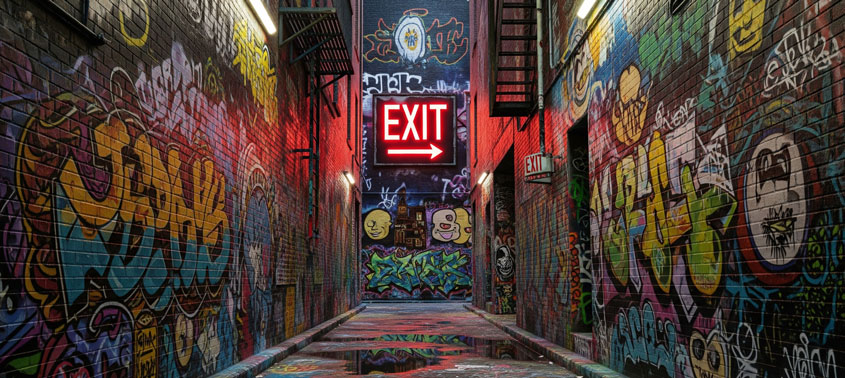Class Hours: 10:05 – 2:40
Mr. Bohmann | wbohmann@ewsd.org
10:05 Today’s Notes & Attendance
- Fall Colors are on the turn – get out there for some of those last looks on Fall Foliage 2025
- Wear black CTE t-shirt tomorrow
- Fire Drill today at 2pm – get outside to our rally location for attendance
10:10 Leading Lines in Photography
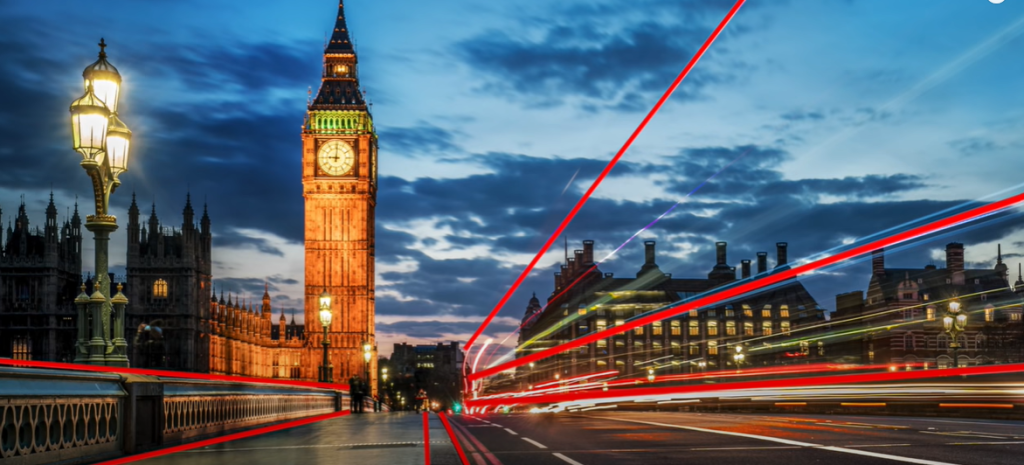
What Are Leading Lines in Photography?
Leading lines are lines that appear in a photograph that have been framed and positioned by the photographer to draw the viewer’s eye towards a specific point of interest. These lines often draw the viewer’s eye in a specific direction or towards a designated portion of the photograph.
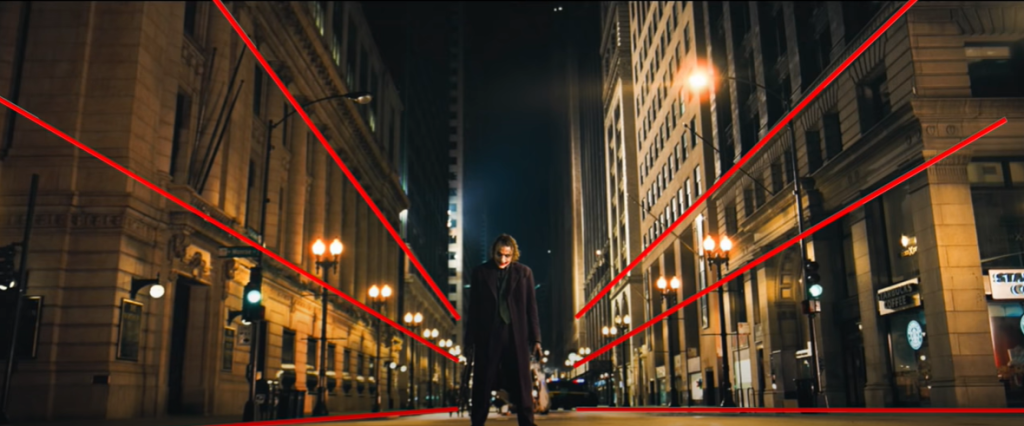
4 Types of Leading Lines in Photography
Some of the categories of leading lines include:
Horizontal lines: Horizontal leading lines are often found in nature and landscape photography. Often used when shooting with a wide-angle lens. The image below is also using the rule of thirds well – just look at the break between the road and the car.
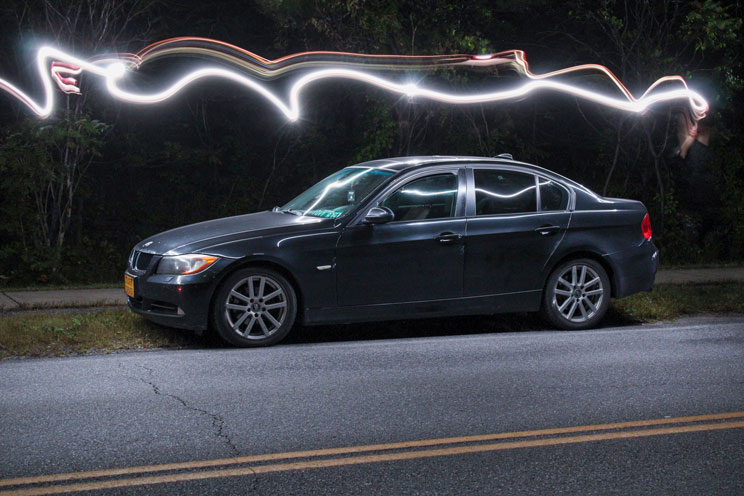
Vertical lines: Vertical lines draw the eye up or down the composition and can be used to convey status within your picture. Vertical leading lines are often found in fashion photography and street photography.
In Cinematography, shots like the one below can be used to demonstrate power.

Diagonal lines: Diagonal lines are used to create a sense of movement and change. If you’re working with a large depth of field like in the image below, try experimenting with diagonal lines to accentuate the sense of depth in your image. Really cool color divisions in this photo too
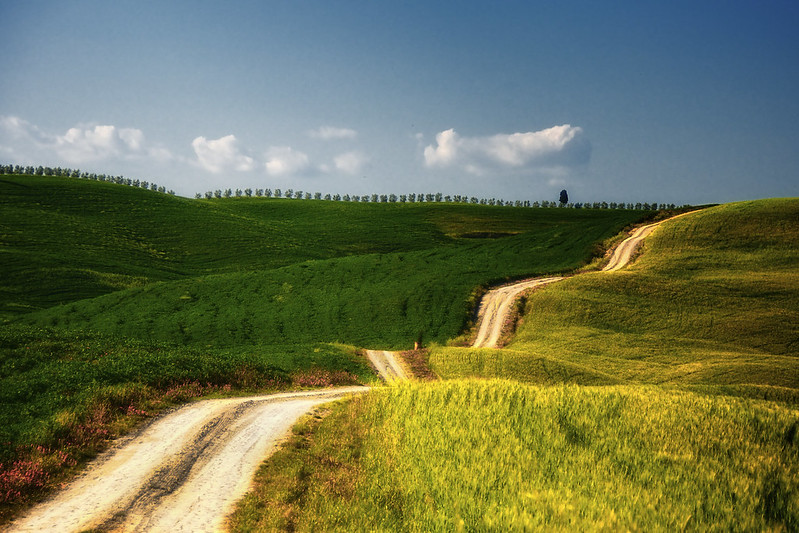
Converging lines: If there are converging lines present in your frame, it’s best practice to situate the subject of the image at the axis of these leading lines. A good example of this is Matt’s railroad track image below.

– QUICK READ (4 minutes)
Wildlife Photography Award Winners – can you see the compositional photography in the images?
10:30 Morning Photo Walk
About 20 minutes. Using manual mode we’ll head out to the front of the school and near the library. We are going to shoot some foliage and look for some leading lines to guide our compositions. Proper Exposure and in focus subject. So what f/stop would be good for in focus foreground and background?
What Lens should we choose? Chances are we want a wide depth of field.
Assignment / Deliverables:
When we return from our photo walk today:
- Look through your photos. Pick your best example of leading lines. Edit as necessary (maybe you shot in RAW and need to covert to a .jpg)
- Open in Photoshop and draw on the leading lines you captured by creating a new layer
- You will save two jpgs.
- One without the leading lines drawn in and one with the leading lines drawn in.
- You’ve done this correctly if your image has drawn leading lines visible on your image
Filename: LeadingLines_Lastname.jpg and LeadingLines2.jpg
This project is due by the end of the day today – Place in the Leading Lines dropbox.
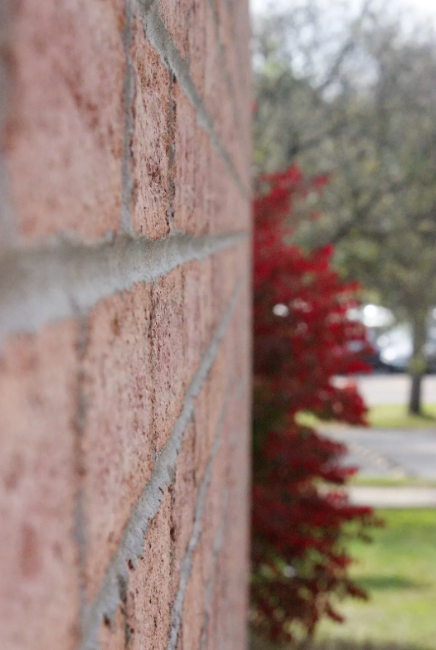
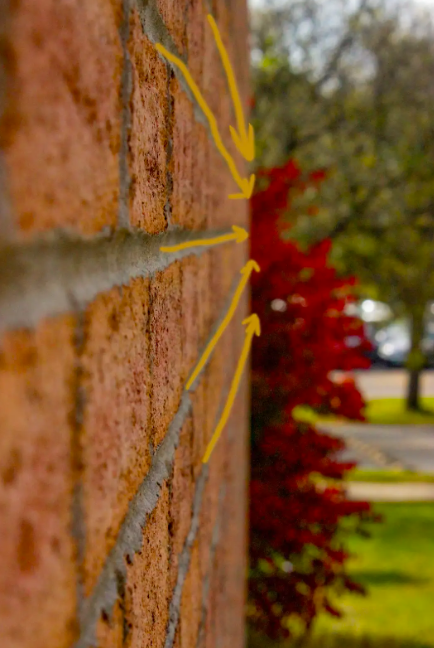
This week’s photo assignment will be the same exercise. However, I want you to go out and find and take pictures of each of the 4 types of leading lines. Organize in a simple Google Slideshow – on black or on white backgrounds.
Filename: LeadingLinesHomework_lastname
Drop in Google Classroom. This will be due on October 28th
10:50 Morning Break (10 minutes)

11:00 Tasteful Slideshow in After Effects
Sleek Slideshow in AE (Part 1 of the Slideshow Series)
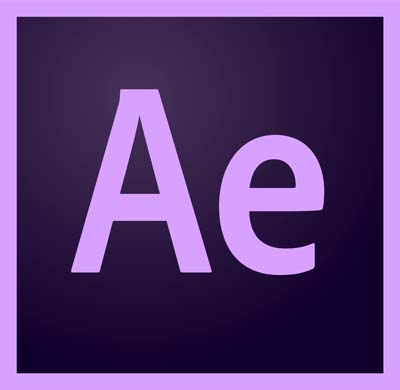
By now your should be wrapping up with the LTA Photography assignment. Details are in Google Classroom. There are a number of deliverables for this project so make sure you review.
Ok, this demo is a little more heavy lifting than putting items in Google Slides. However, once the initial set up is complete, we can quickly assemble the rest of our photos.
So, let’s dig in to After Effects and look at some custom slideshow options we can create using our AE skills. If you have a couple of pictures to work with, great find them now. Otherwise, you can use my examples – best to download to your desktop, this should be a good place to start. We will be creating multiple compositions in one composition. Images are found at GAWD2/AdobeResources/AfterEffects/PremierSlideshowImages
I’ve written up the process for your reference. Make a copy for your files.
If there is time we’ll also play around with making a light leak.
The Font I am using is ITC Avant Garde
Alternately (and a level up) is this nice tutorial using the 3Dspace in After Effects for a picture slideshow
11:55 Lunch
12:25 Image Manipulation with After Effects
Let’s add a sunset to an image that really needs one. You’ll find this image in GAWD2 public folder/ After Effects Resources / PhotoSpecialEffects folder. The image is called Lake. Place a copy on your desktop.
AE is great for working with images. Exporting images is really easy too. We’ll practice that together.
Blending modes for layers control how each layer blends with or interacts with layers beneath it. Blending modes for layers in After Effects (formerly referred to as layer modes and sometimes called transfer modes) are identical to blending modes in Adobe Photoshop.
Blending Modes in digital image editing are used to determine how two layers blend together. The default blend mode with most image programs is to ignore the lower layer and add whatever is present on the top layer.
Pixels on layers have numerical values. Playing with how you blend layers can have a big impact on your final render. It is good to experiment. Learn by doing and practice, practice, practice.
1:10 Afternoon Break

1:25 Speed Design
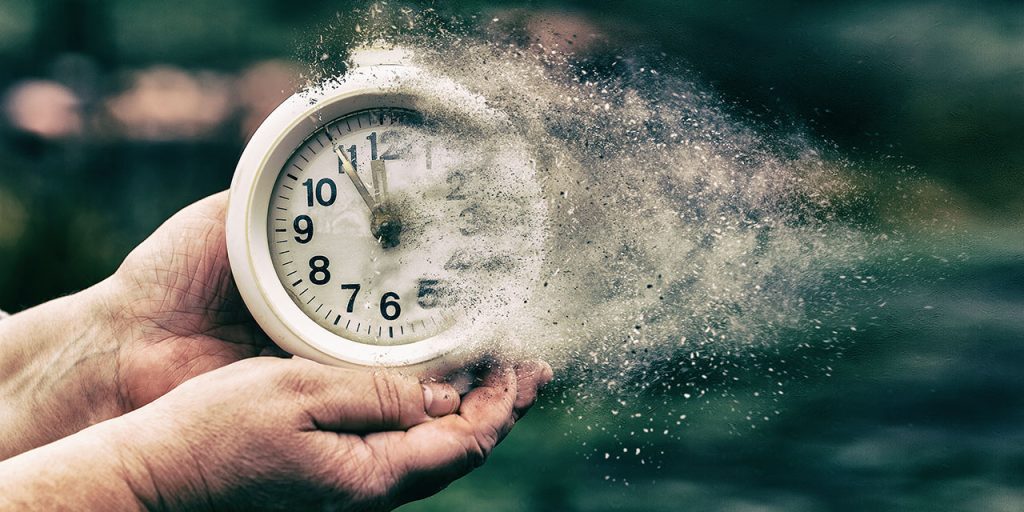
1:45 Independent Production & Guided Support
Your Current Assignments:
- LowerThirds – Due October today
- MotionTracking – Due October 28th
- LeadingLines – Due October 28th
2:00 Fire Drill today at 2pm – get outside to our rally location for attendance that I turn in outside
2:10 Dailies
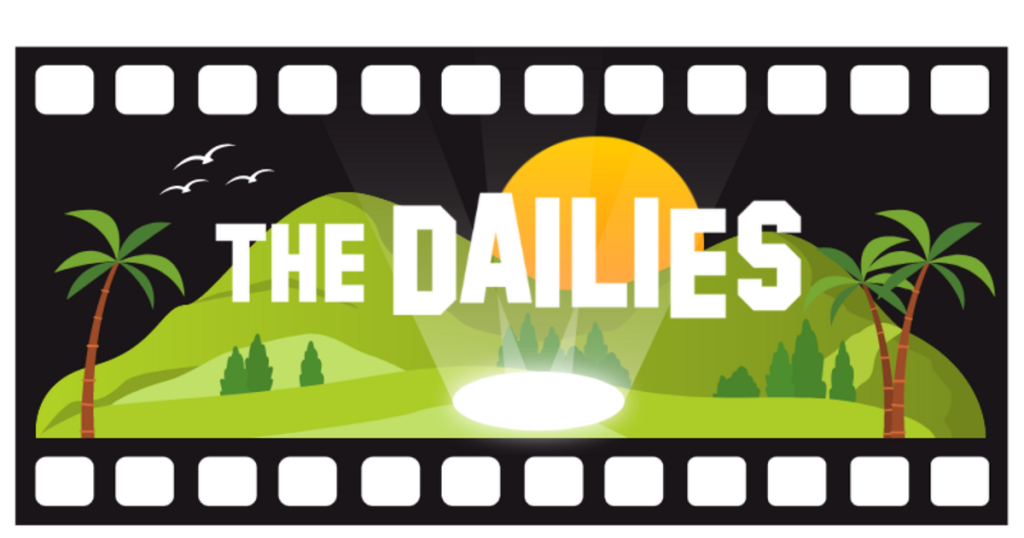
2:15 Independent Reading

2:40 Dismissal
